Today the new Hawaii Seaglider Initiative has launched together with airlines and Hawaii partners on the way to provide an entirely new form of transportation within the Hawaiian islands.
The vessels float along on a specialized and stable hull over the water. As they progress outside of harbors, they claim to seamlessly transition to wave-tolerant underwater hydrofoils that enhance efficiency and minimize resistance. They then transform to flight at ultra-low altitudes of between 30 and 60 feet above the water’s surface.
“I commend the Hawai‘i Seaglider Initiative partners from the private, public and community sectors for working together to explore sustainable transportation technology that is in line with our climate change and clean energy strategies. This investment in our interisland transportation network will provide a renewable transportation alternative that will help keep our communities connected, support our local businesses and build a resilient economy for Hawaii.”
Josh Green, Hawaii Governor
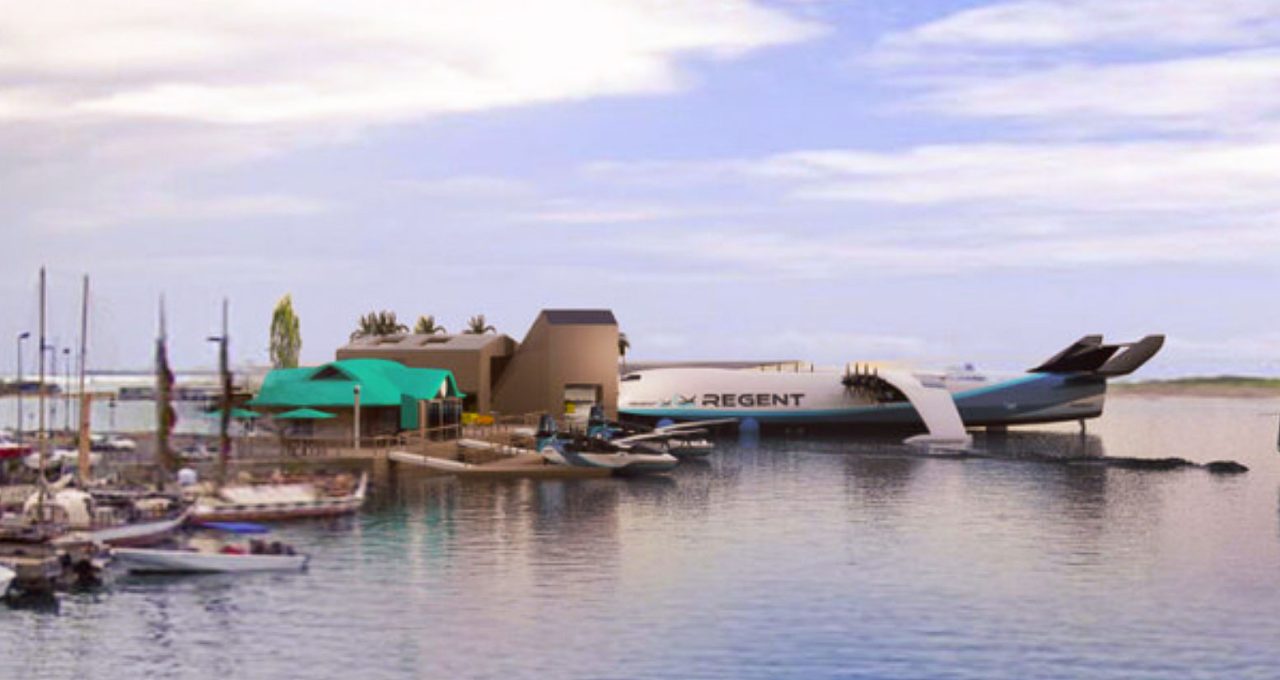

Seagliders represent a potentially groundbreaking advancement in maritime transportation and technologies. These are fully electric vehicles that claim zero emissions and are designed specifically for operation over water at speeds of up to 180 mph. The primary goal of Seagliders is to decrease both the time and costs associated with interisland transportation when compared with flying between islands.
While answers are needed to assure the safety both in relation to Hawaii ocean conditions and Hawaii wildlife, Seagliders hope to revolutionize coastal travel, offering the potential of near-term but futuristic and environmentally conscious alternatives. In addition, Seagliders may open transportation to underserved Hawaii communities such as Molokai.
Initiative includes prominent partners, including Alaska Airlines, Hawaiian Airlines, United Airlines, Japan Airlines and others.
A “memorandum of understanding” has also been signed with the Hawaii Department of Transportation (HDOT), which is supportive of alternative interisland transportation modes.
“The Hawaii Department of Transportation is proud to collaborate with the Hawai‘i Seaglider Initiative as part of the state’s long-term efforts to build resilience into our transportation systems.”
Ed Sniffen, Director HDOT.
Seaglider Will Roll Out first in Hawaii
The initiative is developing “the socioeconomic and technical feasibility of establishing an inter-island and intra-island seaglider network in Hawaii. Through discussion groups and community engagement, members will focus on readying Hawaii’s renewable energy and harbor infrastructure, addressing climate and environmental concerns to strengthen Hawaii’s disaster preparedness and resiliency, training the next generation of high-paid skilled workers to support Hawaii’s economy, and ensuring that local communities receive equitable access to and benefits from a seaglider network.”
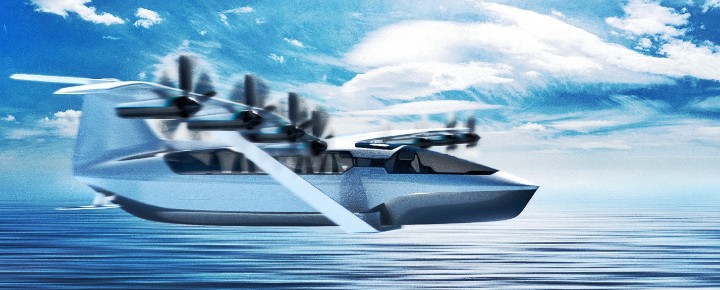

Mokulele Airlines will be the first Seaglider operator.
It was confirmed that Mokulele Airlines will be their first seagliders operator anywhere in the world. That company will take delivery of a fleet of 12-passenger Viceroy seagliders manufactured by REGENT Craft “by the middle of the decade.” The Seagliders that will be used by other airlines is likely to be the far larger craft that will be delivered towards the end of this decade.
Could Seaglider tickets cost just $30 each way?
Affordable transportation is being promised by the initiative. Seaglider said, “A route feasibility study estimates a one-way seaglider ticket from Oahu to Maui or Oahu to Kauai could cost $30.” In addition, Seaglider thinks it can be used for cargo transport such as food and other essentials now transported largely via Young Brothers barges.
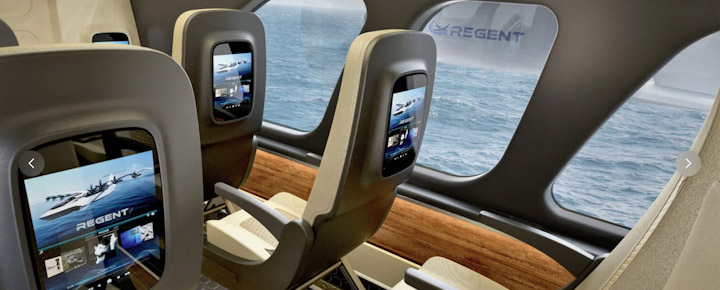

Hawaiian Airlines has been a proponent of and investor in Regent Seaglider.
“As an early investor and design partner for REGENT’s 100-person seaglider… we look forward to lending our expertise to this community effort and learning more about the technology and its potential to make interisland transportation more sustainable.”
Avi Mannis, executive vice president and chief marketing officer, Hawaiian Airlines.
When you read about the Hawaii Seaglider initiative, what excites you the most?
Get Breaking Hawaii Travel News
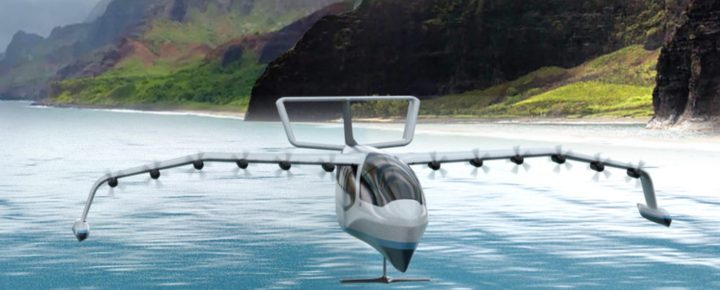
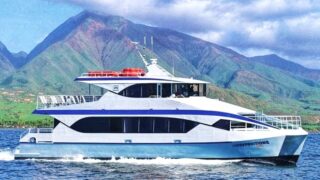
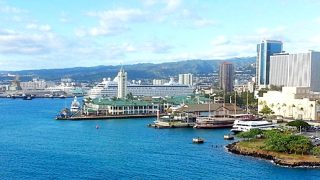
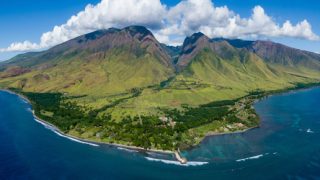
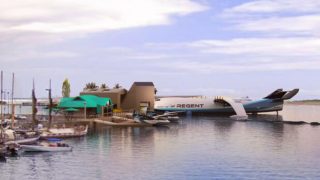
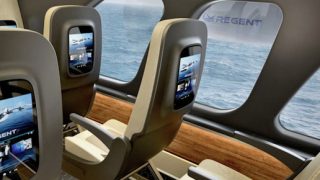
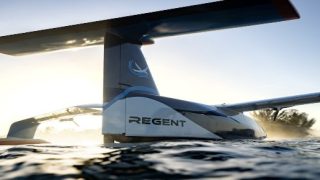
This will never happen. Rough seas and strong trade winds will make this venture too dangerous. It is just a virtual signaling tax write off for the investors.
The Seaglider news is exciting. If it will be truly cheap to take one to other Islands,that is wonderful. One could visit friends and family just for the day and the faes would not put a big dent in ones budget.
As these things don’t even exist for testing yet, I can’t wait to see how they work in anything but the glass smooth sea surface shown in their promotional videos. When the sea is rough, the air on top of it is quite unstable and I suspect these things will be a sea sickness factory like nothing else.
I can’t imagine how this will work. It’s 2024 and it Is the middle of the decade.
There is no battery technology remotely mature for this.
Will they be able to operate at night?
Do they expect to be able to round trip from Oahu to the neighbor islands or will they have to build charging infrastructure at the docks, which don’t exist.
And, oh, yeah. How’s that wind and solar coming that will charge them?
I am excited for the technology and would really like to see a ferry type service between islands. Do have concerns about Environmental/Community impact (SeaLife, parking, transport etc). Would really like to see a drive-on ferry system but this is at least something…if it gets green light.
Haven’t we done enough to screw up the environment of the Hawaiian Islands?
Please don’t do this!!
Mokulele Airlines should not be an operator as they have not helped the locals with an affordable means of travel between Oahu, Maui, Molokai and Lanai. Current round trip fares averages $220 per person. Additionally, schedules aren’t dependable mostly due to mechanical breakdowns. Being the only public airlines to Molokai and Lanai (monopoly)they are able to charge whatever fares they choose. Passengers don’t have any alternatives. Aloha
Here we go again (remember the Hawaii Superferry’s failure to do an EIS). This BOH article points out that this new airline service is expected to begin in the next year or two. However, there is no indication that an adequate environmental impact statement has been prepared or is even being prepared. It will be necessary because there will be changes to the state’s harbors, among other potential environmental triggers. There will be concerns about parking for the air-passengers, transportation facilities (taxi, rent-a-car) from the harbor to where people may want to go, interference with other harbor facilities, etc.
What excites me is the technology. What concerns me is the effect it will have on Hawaiian sea life, in particular, breeching whales. If these seagliders “fly” at 30′-60′ above the water, there must be a concern about accidentally impacting breeching whales. Is this being addressed?
The humpback whales in Hawaiian waters only grow up to 50 feet in length when fully grown. Which means they’re only breaching about half that length. So no problem. Plus, whales are smart. They will hear that plane coming long before it poses a danger. I hope the airline charges extra for the whale watching feature of the flight. Can’t wait to board one. I’ll be standing in line for the maiden flight. I hear it will be serving excellent snacks and selling nice memorabilia. I recommend the t shirts.
Wow! Great news
Yes, zero emissions But charged by fossil fuel (primarily petroleum, some coal) powered electrical generation plants! The article also failed to inform the reader about how many trips could be made before requiring to recharge. Looks interesting but I am skeptical. No regenerative braking to extend extend range.